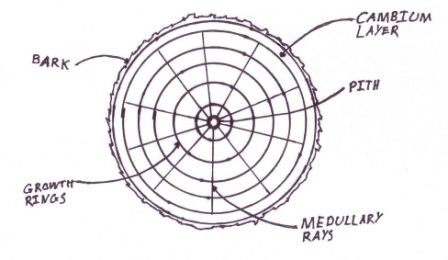| Home & Contact |
|
||||||||||
|---|---|---|---|---|---|---|---|---|---|---|---|
| Home Contact Me |
|||||||||||
| Timber | |||||||||||
| Solid Timber Particle Board Plywood MDF Veneer |
|||||||||||
| Joints | |||||||||||
| Butt Mitre Rebate Housing Halving Dowel Biscuit Dovetail Mortise and Tenon Bridle Tongue and Groove |
|||||||||||
| Finishes | |||||||||||
| Stains Oils Wax Acrylic Polyurethane |
|||||||||||
| Adhesives | |||||||||||
| PVA Epoxy Polyurethane Contact Adhesive |
|||||||||||
| Components | |||||||||||
| Nails Screws Hinges |
|||||||||||
| Tools | |||||||||||
| Hand Tools Power Tools Machinery |
|||||||||||
| Facts and Tips | |||||||||||
| Hardwood Softwood Seasoning Woodwork Tips |
Copyright © 2010 - 2019 woodworkbasics.com. All Rights Reserved.
Best Viewed in Screen Resolution 1280 × 720 or Higher
